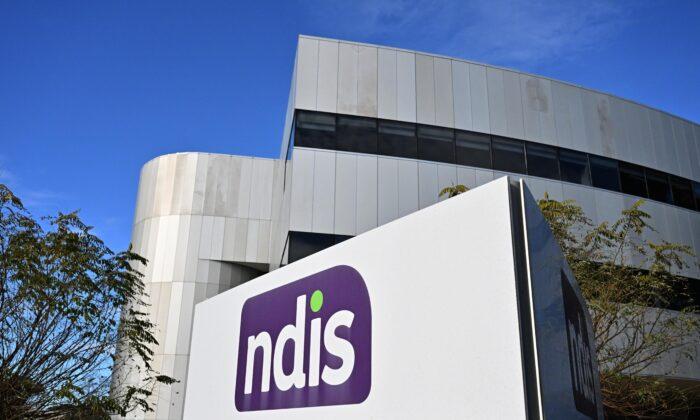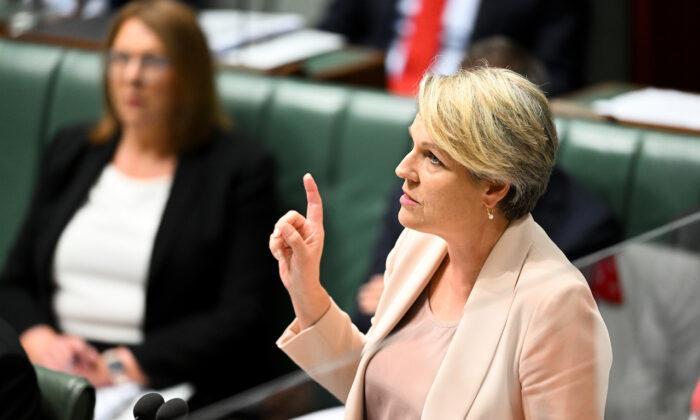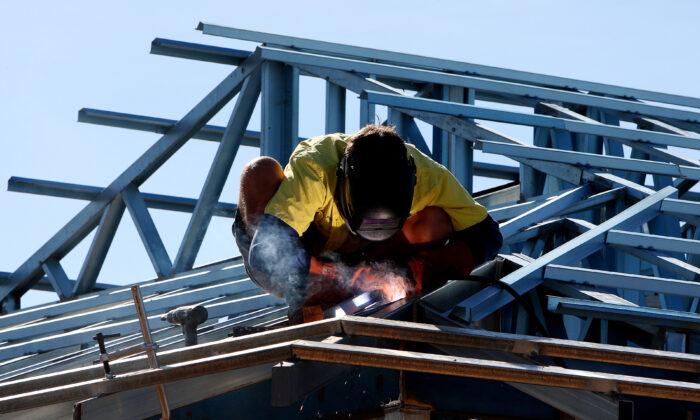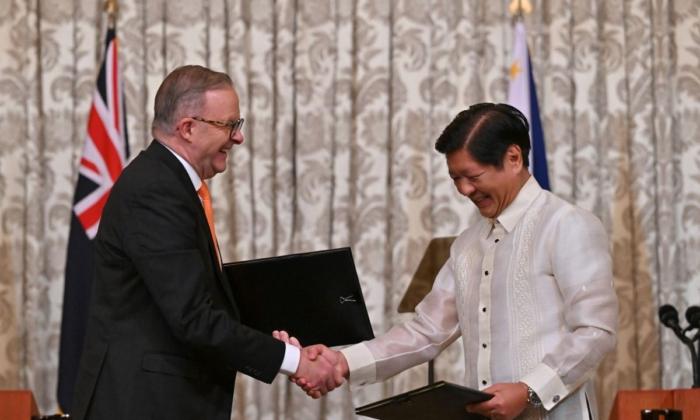Greens spokesperson for Disability Senator Jordan Steele-John has alleged that the federal Labor government has implemented a secret cost-cutting framework to the National Disability Insurance Scheme (NDIS) that is cutting participants’ “plans by stealth.”
“For months, Bill Shorten has maintained that there would be no cuts to the NDIS under a Labor government, but instead, they are using a secret and unaccountable framework to cut plans by stealth,” Senator Steele-John said.
“Whenever they are asked for the framework they are basing their decisions on, they hide behind public interest claims or, in more extraordinary moments, claiming the framework doesn’t exist at all.”
The comments follow the failure of the federal government to provide the NDIS Financial Sustainability Framework, despite the Senate voting twice in favour of the publication of the documents around the framework.
“It’s time for the government to stop hiding the truth about what they are planning for our NDIS. In the next parliamentary sitting, the Greens and I are giving the government an opportunity to be honest by demanding a formal explanation on why they will not provide the information that the Senate and public have asked them for,” the senator said.

“Our NDIS is a powerful tool that allows so many disabled folks to live happy and healthy lives, but it needs to be given proper funding and support so that participants can get what they need to feel empowered.
“So many in our disability community feel gaslit by Labor’s continuing claims that there were no cuts to the NDIS in the last budget, and it’s time the Albanese government and Bill Shorten be honest about their intentions with the scheme.”
Currently, the scheme is on track to become the single highest cost to the federal budget, eclipsing Medicare.
By 2025-26, the NDIS is expected to cost more than $50 billion (US$33 billion).
Measures All Made Public Says Department
A spokesperson from the Department of Social Services (DSS), the government department that oversees the NDIS, told The Epoch Times in an email that measures taken to improve the operations of the National Disability Insurance Scheme have all been made public with the National Cabinet’s decision to set a target of eight percent per year for the growth of the NDIS from July 1, 2026 “being publicly announced the day it was decided.”“The measures in the May 2023-24 Federal Budget to invest $724.4 million (US$468.7 million) in improving the operations of the NDIA and the associated reduction of $15.3 billion (US$9.9 billion) in scheme growth that were otherwise projected to occur were published in the Budget papers,” the departmental spokesperson said.
“Even after these initiatives, the Budget papers outline a further increase in estimated outlays on participant support over the four years of $1.9 billion (US$1.2 billion), compared to the previous estimates made at the October 2022 Budget.”
Further, the spokesperson highlighted that the government, and states and territories had established an independent review of the NDIS in October 2022, which will report to all Disability Ministers, state, territory, and federal next month.
The terms of reference for the review, and the membership of the review panel, were published on Oct. 18, 2022—the day it was established. The Review has engaged widely since it commenced,” they said.
The DSS spokesperson also noted that the current projections on participant support provided by the government are projected to increase by around $5 billion (US$3.2 billion) in this financial year compared to the last.
“Outlays through the NDIS on participants supports are projected to increase by around $5 billion (US$3.2 billion) in 2023-24 compared to 2022-23, and for each of the next 2 years after that and by over $4 billion (US$2.6 billion) in 2026-27,” the spokesperson said.
Minister Wants Scheme Run Better
NDIS Minister Bill Shorten said on Aug. 25 that he regarded the scheme as an investment, with the government committed to continuing the scheme and making it run better.
“I don’t regard money spent on the NDIS on profoundly disabled people as sending the nation broke. I regard that as an investment. Disability is a fact of life,” he said.
“But having said that, we want to make sure, and it’s been really neglected for the last nine years, it’s a good idea. It is changing lives, but the outcomes are too inconsistent. So, the best way we deal with your concern about the rate of growth of cost is to run the scheme in the best interests of the participant.
“I believe that if we run it in the best interests of people with disabilities, we will accommodate and respect the concerns about the rate of cost growth.”






